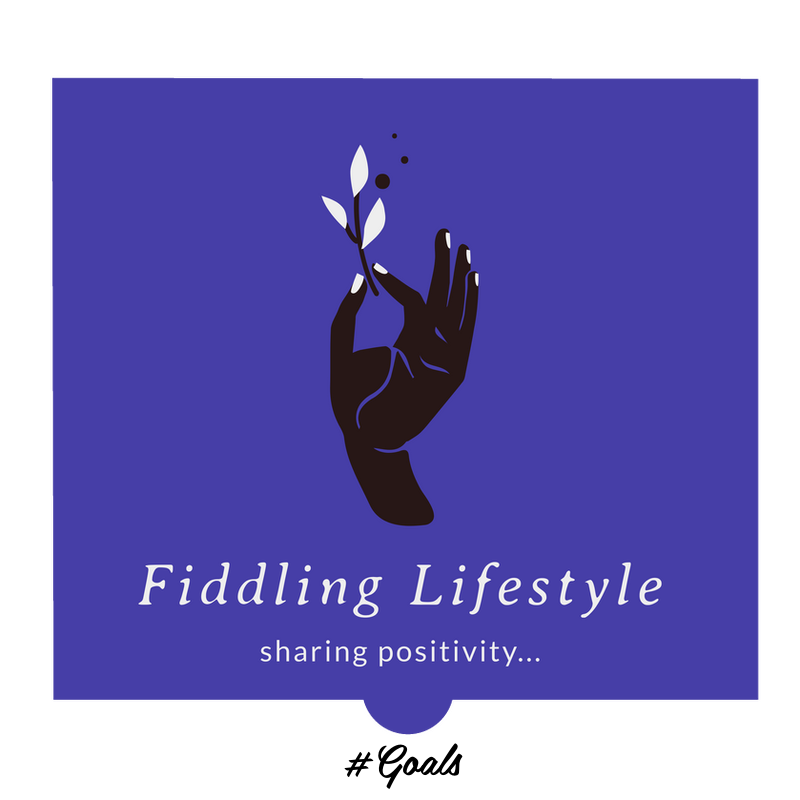DIVERSITY IN YOGA: "Why is it hard to see Black representation in Yoga?"
- fiddlinglifestyle

- Mar 23, 2021
- 2 min read
Updated: Jun 14, 2021
When I attended my first yoga class in the USA, I didn’t see any Black person as a teacher or as a student. From the yoga teacher to students, each one of them represented the slim, slender, white woman that we mostly see across the media, in commercials, etc. I had always questioned this element.

Why don’t we see Black women in yoga classes as much as we may like to see them? Studies prove that anxiety, stress, depression, heart disease, and other ailments affect Black people unreasonably compared to other races, but the statistics rise alarmingly when it comes to the health of Black women.
So, wouldn’t yoga help them to heal and restore a sound mind from the centuries of distress they’ve faced? It’s not that Black women do not appreciate yoga instead Black women’s dependence on the practice goes back decades. In a 1975 Ebony article, "Yoga: Something For Everyone," writer Stanley Williford addressed the relatively new phenomenon, where an increasing number of African-Americans were turning to yoga as an introspective practice, to reconcile with the injustices that pained them.
Krishna Kaur believes that the fight for freedom and societal development begins with yoga: "The revolution is one of the minds. Blacks have got to realize where the power is. The struggle is not on a physical level. It is on the level of the mind." In just a few years, yoga studios have popped up all over the nation, with more than 36.7 million individuals practicing yoga. But more than 85 percent of those who do practice identify as white according to a 2012 study in Yoga Journal. It has been ingrained in our minds that this practice that dates back to pre-Vedic Indian traditions is only exclusive to those who fit their description of slim and slender. We lack the representation of black women, plus size women, or even women with disabilities.
I think Diversifying the practice can help us to learn compassion that we share for other communities. We need to foster an understanding and appreciation of cultural differences that include everyone. What a ground-breaking act would it be to create a community of diverse body types and skin tones partaking in a practice to heal our body, mind, and soul which helps to intensify our sense of self-awareness.
References: Jean, Y (2020). How Black Women Have Historically Used Yoga As a Tool for Healing. Retrieved from: https://www.wellandgood.com/black-women-and-yoga-history/ Birdee, G. S., Legedza, A. T., Saper, R. B., Bertisch, S. M., Eisenberg, D. M., & Phillips, R. S. (2008). Characteristics of yoga users: results of a national survey. Journal of general internal medicine, 23(10), 1653–1658. https://doi.org/10.1007/s11606-008-0735-5





Comments